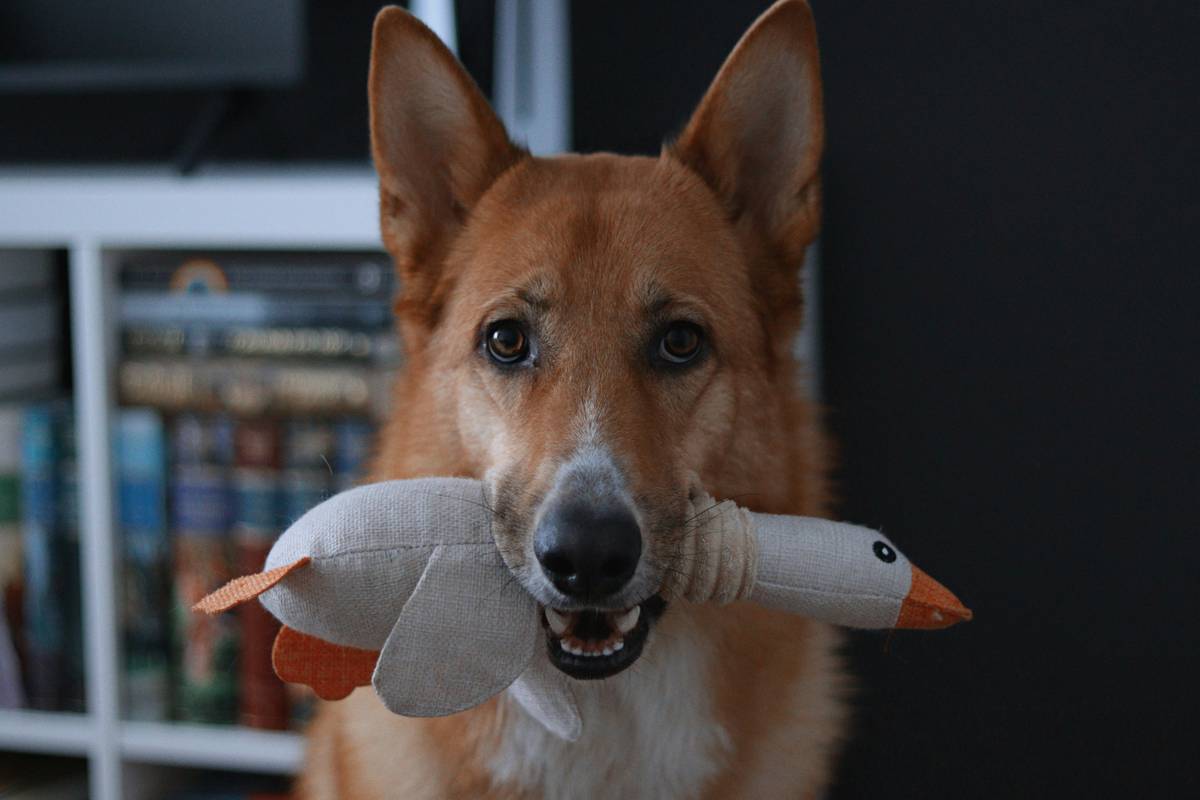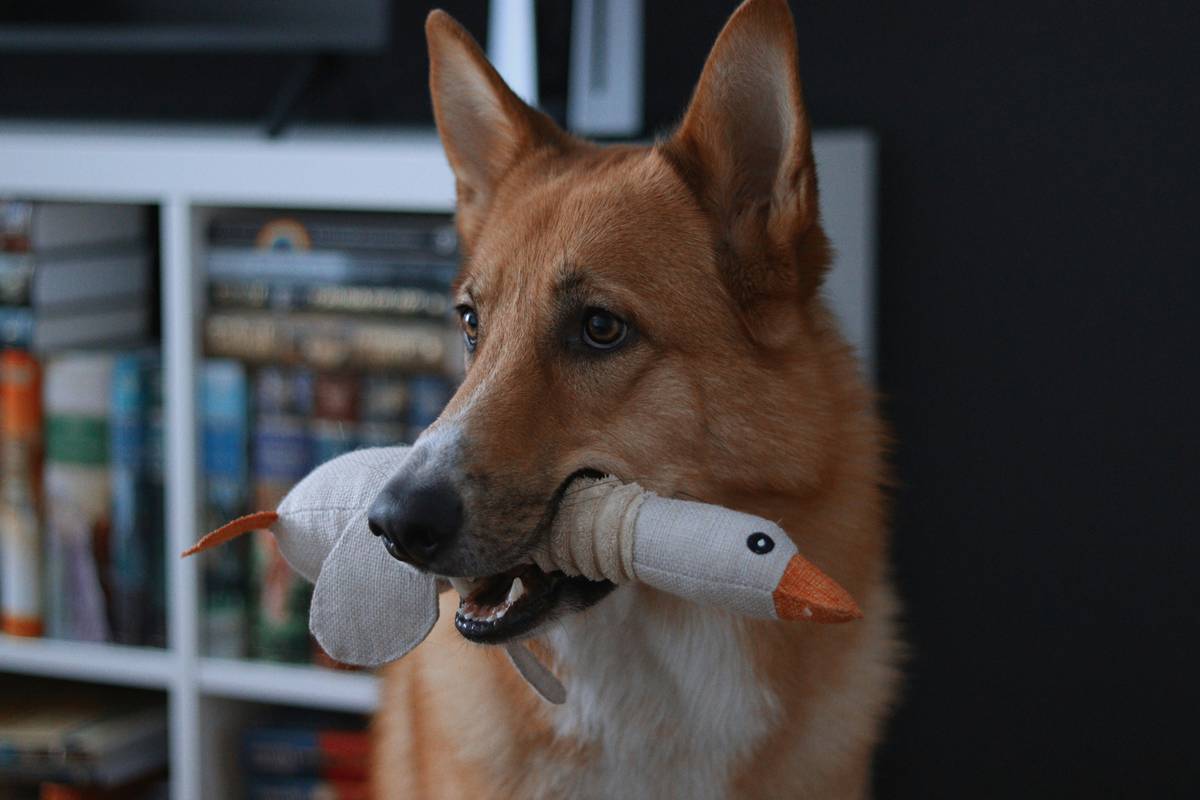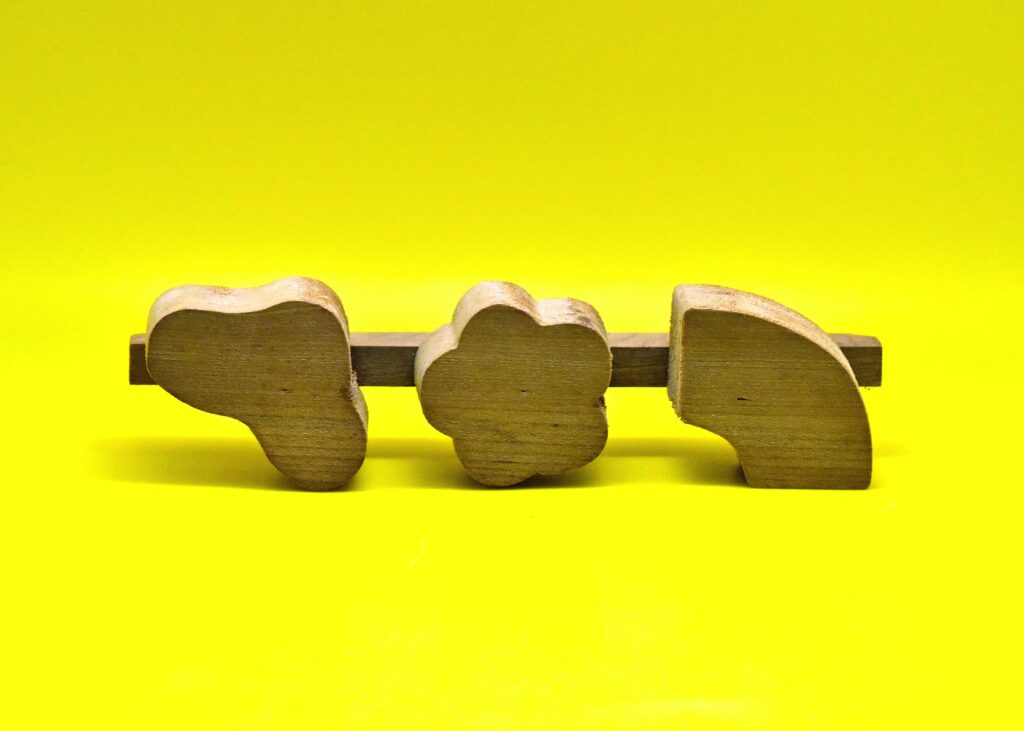“Ever spent hours Googling how to stop your dog from chewing on your favorite shoes? Yeah, us too.”
But here’s the kicker—what if we told you that the solution to keeping your fur baby entertained and saving their teeth lies in one genius product: the interactive dental chew? It’s more than just a toy; it’s a game-changer for pets and pet owners everywhere.
In this blog post, we’ll dive into everything you need to know about interactive dental chews. From understanding why they’re essential to picking the perfect one for your pup (hint: not all toys are created equal), you’ll learn:
- The shocking truth behind poor dental health in pets,
- A foolproof guide to selecting the best dental chew,
- Pro tips to maximize its benefits without turning it into a Pinterest fail.
Table of Contents
- Key Takeaways
- Section 1: The Silent Epidemic Ruining Pets’ Smiles
- Section 2: How to Choose the Perfect Interactive Dental Chew
- Section 3: Expert Tips for Using Interactive Dental Chews
- Section 4: Real-Life Success Stories
- FAQs About Interactive Dental Chews
Key Takeaways
- Periodontal disease affects over 80% of dogs by age three—a stat no paw-rent wants to hear.
- Interactive dental chews promote better oral hygiene while reducing boredom and destructive behaviors.
- A good chew toy should be durable, non-toxic, and designed specifically for dental care.
- Pairing interactive chews with regular vet checkups ensures long-term dental health.
The Silent Epidemic Ruining Pets’ Smiles

Have you ever noticed Fido’s breath smelling like…well, let’s just say “a dumpster fire”? This isn’t normal—or funny. Poor dental hygiene is one of the most overlooked issues in pet care, with serious consequences.
Shocking Stat Alert: Did you know that over 80% of dogs suffer from periodontal disease by the time they turn three? Yikes. And cats aren’t far behind either. If left untreated, this can lead to tooth loss, painful infections, and even heart problems.
I once ignored my pup’s stinky breath because “he’s just a dog,” but guess what happened? A $500 vet bill later, I learned my lesson the hard way. Don’t be me—invest in prevention early.
Grumpy Optimist Dialogue:
Optimist You: “Let’s buy him an awesome interactive dental chew!”
Grumpy You: “Ugh, fine—but only if coffee’s involved.”
How to Choose the Perfect Interactive Dental Chew

Not all chew toys are worthy of your wallet. Follow these steps to pick a winner:
Step 1: Check Durability
Nothing screams wasted money louder than buying a toy that falls apart after two minutes. Look for products made from sturdy materials like natural rubber or nylon.
Step 2: Ensure Safety
No squeaky eyes, small parts, or toxic chemicals allowed. Stick to FDA-approved or veterinary-endorsed brands.
Step 3: Opt for Texture Variety
Different textures mimic brushing motions, scraping away plaque and tartar buildup. Bonus points for added grooves or ridges!
Step 4: Match Your Pet’s Size and Energy Level
A Great Dane needs something bigger and tougher than what works for a Chihuahua. Always match the chew size to your pet’s breed and chewing intensity.
Expert Tips for Using Interactive Dental Chews

Here’s where many paw-rents stumble. Even the fanciest chew won’t work miracles unless used correctly. Pro-tip incoming:
- Rotate Toys Regularly: Sticking to one toy breeds boredom faster than a YouTube algorithm during a scroll session. Keep things fresh by switching up options weekly.
- Supervise Initial Sessions: Some aggressive chewers might destroy a new toy within seconds. Supervision prevents accidental swallowing of fragments.
- Add Flavor Boosters: Rub peanut butter (xylitol-free!) or smear cream cheese inside textured surfaces to amp up engagement levels. Chef’s kiss!
- Schedule Daily Playtime: Consistency is clutch. Set aside at least 15 minutes daily for supervised chewing sessions.
Terrible Tip Disclaimer: Never use rawhide chews as alternatives. They’re notorious choking hazards and often contain harmful chemicals. Avoid at all costs.
Real-Life Success Stories
Meet Bella, a hyperactive Golden Retriever whose owner was desperate to curb her shoe-chewing habit. After introducing an interactive dental chew paired with positive reinforcement training, Bella went from menace to model citizen. Her vet even noted improved gum health during her last checkup!
Then there’s Max, an elderly Pug prone to mouth infections due to plaque buildup. His human swapped his old tennis balls for a textured rubber chew, resulting in visibly whiter teeth and significantly fresher breath. It’s almost poetic how something so simple transformed their bond.
FAQs About Interactive Dental Chews
Q: Are interactive dental chews safe for aggressive chewers?
Absolutely—if chosen wisely. Look for extra-durable options labeled “indestructible” or reinforced rubber designs.
Q: Can kittens use interactive dental chews too?
While marketed primarily toward dogs, some softer varieties cater to felines. Just ensure they’re appropriately sized and avoid sharp edges.
Q: How do I clean the chew toy?
Easy peasy—rinse under warm water and scrub gently with pet-safe soap. Air dry completely before next use.
Conclusion
Giving your furry friend an interactive dental chew isn’t just about entertainment—it’s an investment in their lifelong health and happiness. With proper selection and consistent usage, these clever tools can banish bad breath, prevent costly vet bills, and save your furniture from becoming collateral damage.
Remember, though: No magical chew will replace professional dental cleanings. Schedule routine vet visits to monitor progress—and maybe sneak in a sneaky belly rub while you’re there.
And now for a little nostalgia:
Bone-shaped treat,
Keeps tails wagging nonstop,
Like Tamagotchi—daily care.


